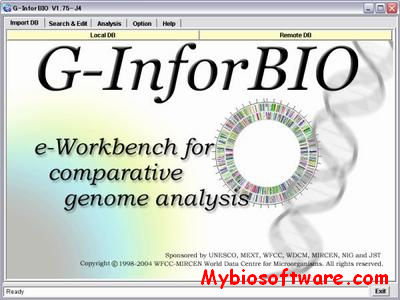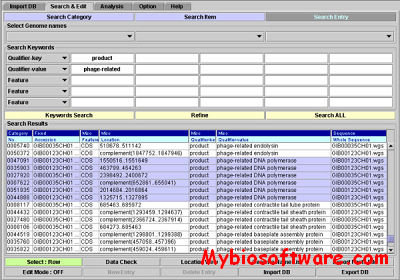IonGAP
:: DESCRIPTION
IonGAP is a publicly available integrated pipeline designed for the assembly and subsequent analysis of Ion Torrent bacterial sequence data. Both its components and their configuration are based on a research process aimed to discover the optimal combination of tools for obtaining good results from single-end reads generated by the Ion Torrent PGM sequencer.
::DEVELOPER
:: SCREENSHOTS
N/A
:: REQUIREMENTS
- Web browser
:: DOWNLOAD
 NO
NO
:: MORE INFORMATION
Citation
IonGAP: integrative bacterial genome analysis for Ion Torrent sequence data.
Baez-Ortega A, Lorenzo-Diaz F, Hernandez M, Gonzalez-Vila CI, Roda-Garcia JL, Colebrook M, Flores C.
Bioinformatics. 2015 May 6. pii: btv283.


